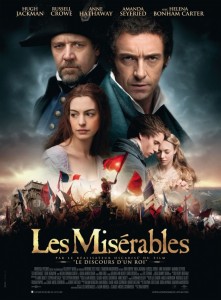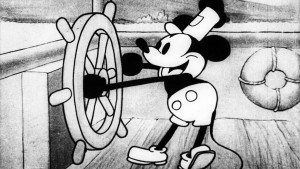I noticed that in Bride and Prejudice there is a similar scene of Darcy and Elizabeth Bennett coming together in rain. Aishwarya Rai Bachchan and Martin Henderson play it in Bride and Prejudice while Kiera Knightley and Matt Mcfadyen play it in Pride and Prejudice. The bollywood version uses the rain scene to show her change and her new love for Darcy. She realizes she likes him and not the other guy who ends up being a bad guy. She sings in the rain but it is a quick clip. It being so short makes this scene less drama filled and romantic. It is interesting that the filmmaker made this scene so short because it is an important moment for character development and moving the plot along.
Unlike the bollywood version, the film Pride and Prejudice (Wright, 2005), the rain scene is longer making it more intense and emotional. It is in England ands shows the beautiful landscape behind and the characters which is more relatable to the Jane Austin novel. In the Bride and Prejudice, there is a different adaptation and the setting is in India and California, much different than the book.
Going back to the scene in Pride and Prejudice, Elizabeth ran away and see’s Darcy, it is a long moment and intense moment. They fight and make up. This scene is more dramatic because of the rain and how it is cut showing Darcy and Elizabeth back and forth. There is much more romance and feeling to it. It brings the audience in the moment. I liked this adaptation of the moment better than in Bride and Prejudice because it is more romantic and drawn out.


